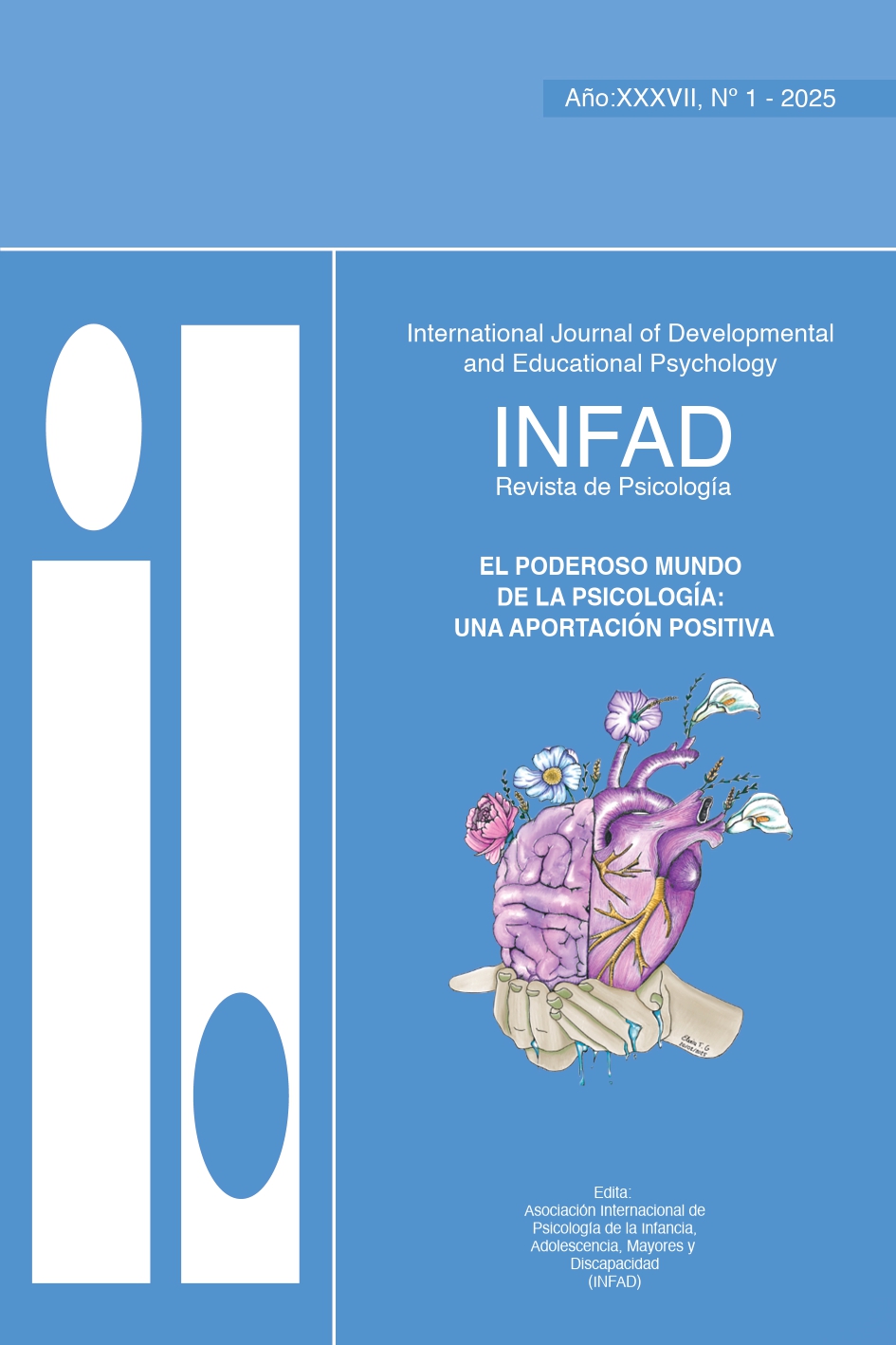Intervention in neuropsychological rehabilitation: an action research project
Main Article Content
Abstract
Traumatic Brain Injury (TCI) is one of the leading causes of hospitalization and mortality in the European Union. According to the European Brain Injury Consortium (EBIC), approximately 2 million people in the EU suffer from severe TCI each year, resulting in around 1 million hospital admissions. Given the public health relevance of this issue, we conducted an action-research study to explore the potential of neuropsychological rehabilitation. This article presents findings from an intervention involving a 14-year-old patient assessed using five psychometric instruments: the FCR, Digit Span Subtest of the WISC-III, D2 Test, Wisconsin Card Sorting Test (WCST), WISC-III. These tools were employed to evaluate intelligence, executive functioning, attention and concentration, emotional status, and the extent of cognitive impairment, as well as daily functional difficulties resulting from mental deterioration. Results indicated that, despite the severity of the condition, the patient demonstrated significant recovery of impaired functions, particularly through the application of metacognitive self-verbalization strategies. The establishment of a supportive and empathetic relationship between the multidisciplinary team, the patient, and the family, along with the patient’s proactive and engaged participation, played a crucial role in the rehabilitation process.
Article Details
Section

This work is licensed under a Creative Commons Attribution-NonCommercial-NoDerivatives 4.0 International License.
Attribution — You must give appropriate credit, provide a link to the license, and indicate if changes were made. You may do so in any reasonable manner, but not in any way that suggests the licensor endorses you or your use.
NonCommercial — You may not use the material for commercial purposes.
NoDerivatives — If you remix, transform, or build upon the material, you may not distribute the modified material.

This work is licensed under a Creative Commons Attribution-NonCommercial-NoDerivatives 4.0 International License
How to Cite
References
https://pubmed.ncbi.nlm.nih.gov/9202767/ Diretrizes do EBIC para o tratamento de traumatismo cranioencefálico grave em adultos. Consórcio Europeu de Lesões Cerebrais (2025) acedido a 10/04/2025
https://pt.euronews.com/saude/2024/08/17/estudo-revela-que-1-em-cada-4-doentes-com-lesoes-cerebrais-em-estado-de-nao-responsividade (2025); acedido a 10/04/2025
https://biausa.org/brain-injury/about-brain-injury/what-is-a-brain-injury (2025) O que é um TCE; acedido a 10/04/2025
https://biausa.org/brain-injury/about-brain-injury/what-is-a-brain-injury/function-of-the-brain (2025) Funções do Cérebro; acedido a 10/04/2025
Owen AM, Coleman MR, Boly M, Davis MH, Laureys S, Pickard JD. Detecting awareness in the vegetative state . Science 2006;313:1402-1402.
Monti MM, Vanhaudenhuyse A, Coleman MR, et al. Willful modulation of brain activity in disorders of consciousness. N Engl J Med 2010;362:579-589.
S, Sara, (2019). Avaliação e reabilitação neuropsicológica da infância à idade adulta. Instituto de Psicologia Avançada, Coimbra

